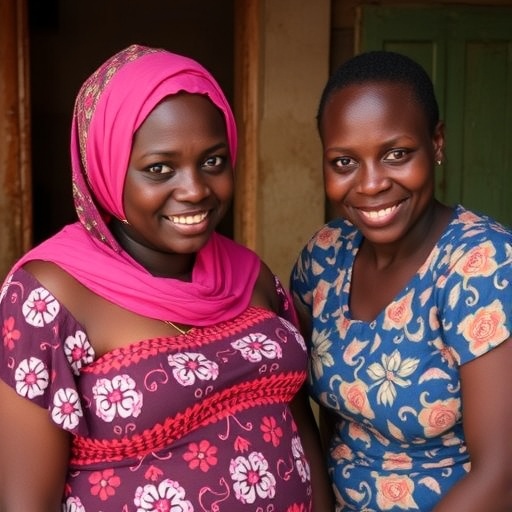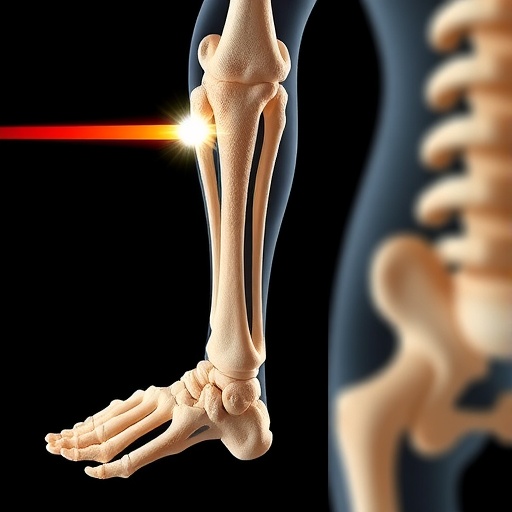A robot could become the 'weapon' of choice for detecting and treating the most common cancer in men, improving results and reducing side effects.
Scientists and mathematicians in the UK, Netherlands and France are working on a potentially game-changing way of improving the accuracy of both prostate cancer biopsies and of brachytherapy, which is used to treat some prostate cancers.
The five-year £3.3m EU-funded project launched today brings together robot-design experts in France, a steerable flexible needle designed in the Netherlands, and a system guided by artificial intelligence and mathematical modelling by UK experts at the University of Portsmouth, UK, working with medics and Clinical Scientists at Queen Alexandra Hospital, Portsmouth, UK.
A prototype is expected to be ready within five years.
Professors Dylan Jones and Ashraf Labib, both at the University of Portsmouth, have decades of world-leading research in logistical modelling and in using artificial intelligence to help make better decisions.
Professor Jones said: "Prostate cancer was chosen for the development of this radical new treatment solution because it's such a common cancer and where it is in the body lends itself to the use of robotics.
"There are particular challenges in delivering brachytherapy – it's not the only treatment for prostate cancer, but it's a good option for treatment for many patients. This development will, we hope, allow medics and scientists to come up with a treatment plan that is much more focused on the individual and the 'map' of their particular cancer. It will mean fewer needles need to be used, the treatment will be less invasive, and it will be much more accurate, giving medics superb precision.
"The same tools could later be used to treat cancers of the head and neck as well as performing biopsies for cancer detection."
Brachytherapy involves 'planting' radioactive seeds the size and shape of rice grains into the prostate where they destroy cancer cells by giving out a steady dose of radiation over months.
The new treatment will allow more accurate placement of the radioactive material. This would mean less invasive treatment and less harm being done to surrounding healthy tissue.
Professor Labib said: "There is a strong synergy between engineering and robotics and healthcare, and it's wonderful we can use maths to make healthcare better. Medical knowledge is often enhanced by artificial intelligence and computational tools.
"One of the critical things about cancer treatment is that whatever treatment is delivered, it not only deals with the cancer, but it avoids harming other organs – this treatment will target cancerous cells from inside the tumour; it's that precise."
In addition to helping map the path of the needle used in both biopsy and treatment of cancer, Professors Labib and Jones' expertise is being called upon to map the areas of the south region of the UK where such treatment is most needed.
The University of Portsmouth team are working with clinicians and Clinical Scientists from Queen Alexandra Hospital in Portsmouth. Dr Tony Palmer, Lead Scientist for Medical Physics at Portsmouth Hospitals NHS Trust and a visiting honorary lecturer at the University of Portsmouth, is part of the team, helping ensure whatever is developed in the labs or in computer modelling can be translated into frontline medicine.
He said: "The Medical Physics Department at Queen Alexandra Hospital has been involved with several national initiatives to improve and measure brachytherapy treatment quality. The team are excited to work with experts from University of Portsmouth and across Europe in developing the clinical application of the new robot and verifying its accuracy. The precision and reliability of robots working with medical operators is certainly one aspect of the future for healthcare."
More than 40,000 new cases of prostate cancer are diagnosed in the UK every year.
Only men have a prostate gland. It sits underneath the bladder and is the size and shape of a walnut.
The research project is called CoBra and funding comes from the European Union's Interreg 2 Seas programme, which funds projects that increase the adoption of new solutions for a more efficient use of natural resources and materials.
###
NOTES:
Sources:
https://prostatecanceruk.org/
https://www.nhs.uk/conditions/prostate-cancer/
LINKS:
Interreg 2 seas – https://www.interreg2seas.eu/en
Lilli Uni – http://www.univ-lille1.fr/home/
Netherlands uni – https://www.tudelft.nl/en/
QA & Portsmouth Hospitals NHS Trust – https://www.porthosp.nhs.uk/
Media Contact
Kate Daniell
[email protected]
44-239-284-3743
http://www.port.ac.uk




